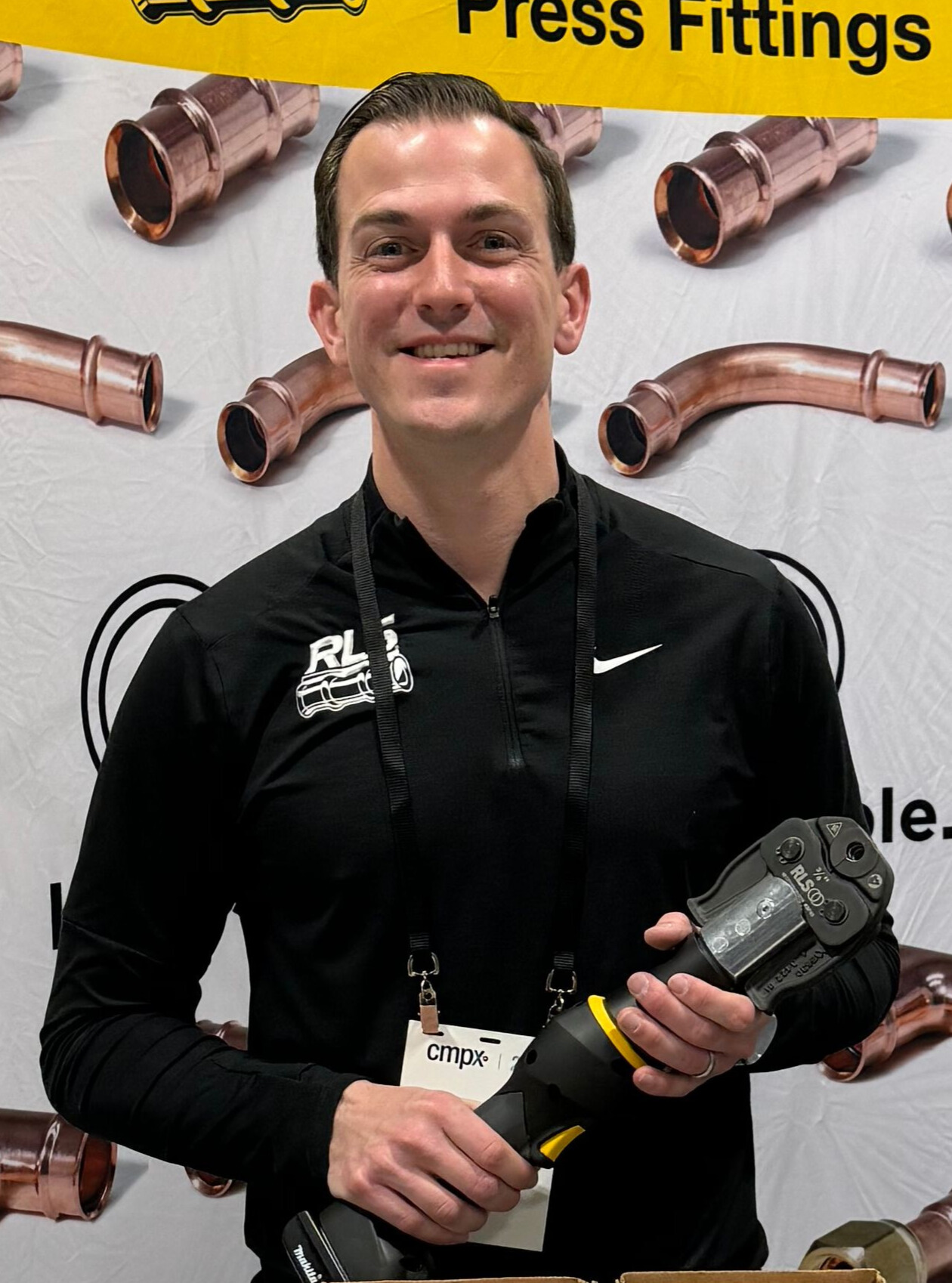The HVACR workforce is evolving, and the way technicians are trained must evolve with it. With rapid changes in refrigerants, safety standards and system technologies, the role of manufacturers in technician education has never been more critical. Stronger partnerships between manufacturers, unions, trade schools and contractors can ensure today’s workforce is prepared for today’s systems and the jobsite demands of tomorrow.
Hands-on, in-person training continues to be the most effective way to educate technicians, especially when physical tools and specialized installation methods are involved. While virtual and on-demand content can supplement learning, nothing replaces the impact of physically handling a tool, pressing a fitting, and seeing the difference between correct and incorrect installations in real time. Visual learning tools, physical demonstrations and side-by-side comparisons during live training sessions reinforce best practices more effectively than classroom theory alone.
For newer technicians, the learning curve can be steep. Some apprentices enter the field without ever having completed a brazed joint or installed live system components. In these cases, hands-on training helps build technical confidence and reduces costly errors in the field. During our trainings in the field, we will hear stories of new technicians using various install methods from brazing to press without proper training or certifications. This presents huge challenges for the trained professionals that have to go in to repair their work and it creates added costs for the customers having to do the project twice.
Generational learning styles also shape the approach. More experienced technicians bring valuable field knowledge but may be cautious about newer technologies. In contrast, the next generation tends to embrace innovation more quickly, especially when it can be proven to save time and reduce risk. Both groups benefit from clear, consistent training that focuses on safe, code-compliant traditional and alternative install methods. For example, as A2L refrigerants become more widespread, the demand for flame-free, press-based joining methods is increasing, with many equipment manufacturers adjusting their valve and connection designs accordingly. Training must keep pace with these shifts to ensure the workforce is equipped to respond.
Manufacturers play a central role in supporting this shift. From facilitating repeat training at union halls to building relationships with trade instructors and wholesale distributor teams, sustained engagement across all levels of the training pipeline is essential. In many cases, instructors at trade schools also work within distributor networks, creating an opportunity for broader knowledge transfer. It’s not just about training technicians, but also educating those who support them on compatibility, tooling, and best practices.
Simulation-based training facilities, where equipment can be installed and tested under real-world conditions, are emerging as a particularly powerful tool. These environments allow technicians to troubleshoot, test and refine their skills in a safe, controlled setting, helping to build both knowledge and confidence before stepping onto the jobsite.
One recent example demonstrated the value of continuous education. Following a union-led training, a project team proactively requested a review before beginning their first major install. Even after completing training, the team wanted a second set of eyes on the work. Everything was in great shape and the trainer reminded the team that one specific joint size requires two presses for ideal performance. This simple prompt ensured the system would function as intended, and the install was completed successfully.
When done right, training strengthens every link in the HVACR chain, from technician to manufacturer to end customer. And while no single format or session can address every learning need, consistent, hands-on education backed by real-world insights remains the most effective way to prepare the workforce for what’s next.
At Rapid Locking System, technician training is viewed as a long-term investment in quality, safety, and the future of the trades.

